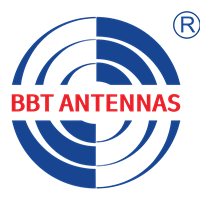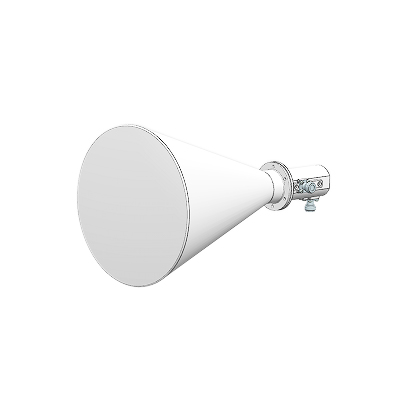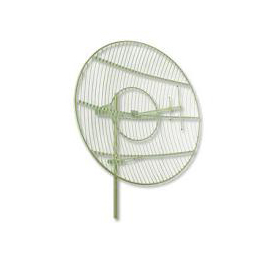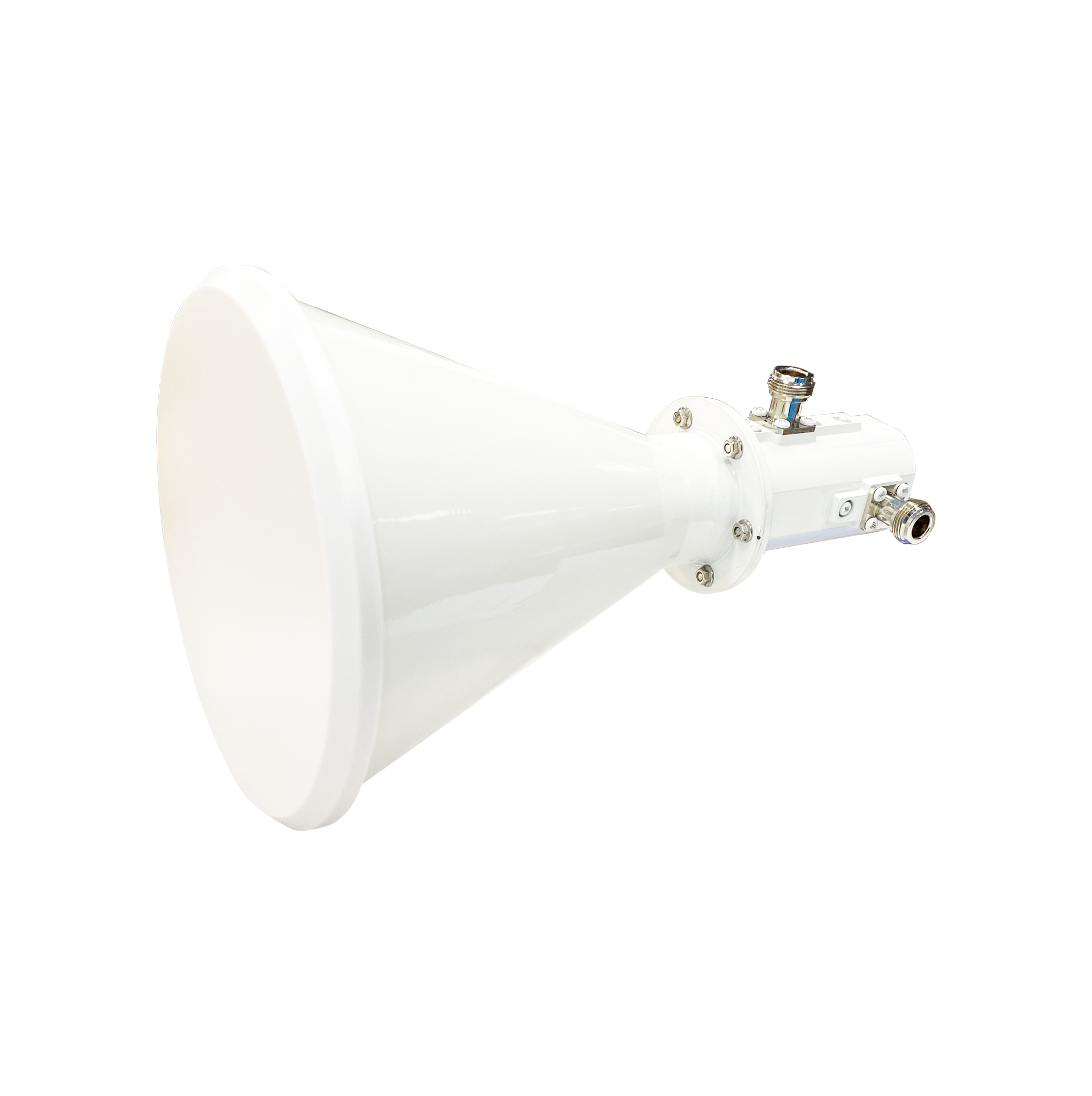When it comes to choosing between horn and dish antennas, several factors need to be considered, including the application, desired gain, frequency range, and environmental conditions. Both types of antennas have their unique advantages, making them suitable for different scenarios in wireless communication. In this article, we will delve into the design, functionality, and applications of horn and dish antennas to help determine which might be better for specific use cases.
What Are The Antennas?
Antennas are crucial components in wireless communication systems, serving as the interface between electrical signals and radio waves. They convert electrical power into radio waves for transmission and vice versa for reception. The performance of an antenna is often measured by its gain, which indicates how effectively it directs radio waves in specific directions.
Horn Antennas
Design and Functionality
Horn antennas are essentially flared waveguides designed to efficiently radiate electromagnetic waves into free space. They are characterized by their tapered shape, which can be circular, rectangular, or a combination of both. This design allows horn antennas to match the impedance of the waveguide to that of free space, enhancing radiation efficiency.
Horn antennas are known for their simplicity and moderate gain (typically between 10 to 20 dB), making them versatile in various communication systems. They are commonly used in applications requiring high directivity but not extreme gain, such as radar systems and microwave links, and as feed elements for larger antennas like parabolic dishes.
Advantages
Simplicity and Cost-Effectiveness: Horn antennas are relatively simple to construct and maintain, which translates into lower manufacturing costs.
Wide Bandwidth: They can operate efficiently over a broad range of frequencies, making them suitable for applications where frequency flexibility is important.
High Efficiency: Horn antennas offer high efficiency, which is beneficial for applications where power conservation is crucial.
Noise Rejection: They are effective at rejecting noise from off-axis sources, which can improve signal quality in noisy environments.
Dish Antennas
Design and Functionality
Dish antennas, also known as parabolic dish antennas, consist of a parabolic reflector and a feed antenna located at the focus of the parabola. They work by reflecting radio waves onto a focal point, achieving high gain and directivity. This design allows dish antennas to focus signals tightly, making them ideal for long-distance communication, such as satellite communications and deep-space radio communications.
Advantages
High Gain and Directivity: Parabolic dish antennas offer significantly higher gains than horn antennas, making them suitable for applications requiring precise signal focusing over long distances.
Versatility: They are utilized in a variety of long-distance communication applications.
Global Coverage: Dish antennas can provide global coverage, reaching remote areas where other communication methods are not feasible.
Choosing Between Horn and Dish Antennas
The choice between a horn and a dish antenna depends on the specific requirements of the application:
Gain and Directivity: If high gain and directivity are crucial, such as in long-distance microwave links, a dish antenna is more suitable. For applications requiring moderate gain and a simpler setup, horn antennas are preferable.
Frequency Range and Bandwidth: Horn antennas offer a wider bandwidth, making them more versatile in terms of frequency operation. Dish antennas typically operate within a narrower frequency range but provide higher gain.
Environmental Conditions: In noisy environments, horn antennas can offer better noise rejection. However, if the environment is not noisy, the gain advantage of a dish antenna might be more beneficial.
Unlocking Your Communication Potential with BBT ANTENNAS
For those seeking high-quality horn and dish antennas tailored to specific needs, BBT ANTENNAS offers a comprehensive range of products that cater to diverse applications. Our horn antennas are designed to support modern communication networks, providing reliable and efficient data transmission for wireless broadband systems, WLAN WiFi6/6E/7 CBRS systems, and long-distance transmission scenarios.
On the other hand, the dish antennas from BBT Antennas are engineered to deliver high-gain solutions for secure and reliable long-distance wireless connections, including WLAN, WIFI, WIMAX point-to-point systems, and wireless bridges. These antennas are built with durability in mind, featuring anti-UV and anti-aging coatings that provide strong resistance to corrosion and wind, ensuring optimal performance in harsh environments.
Whether you need the versatility of horn antennas or the high gain of dish antennas, we have the expertise to provide solutions that meet your specific communication needs.
Conclusion
Both horn and dish antennas have their unique strengths, making them suitable for different applications in wireless communication. By understanding these factors, users can select the most appropriate antenna type to optimize their communication systems. Ultimately, both horn and dish antennas are excellent choices, and the decision comes down to identifying which one best aligns with your specific requirements.



